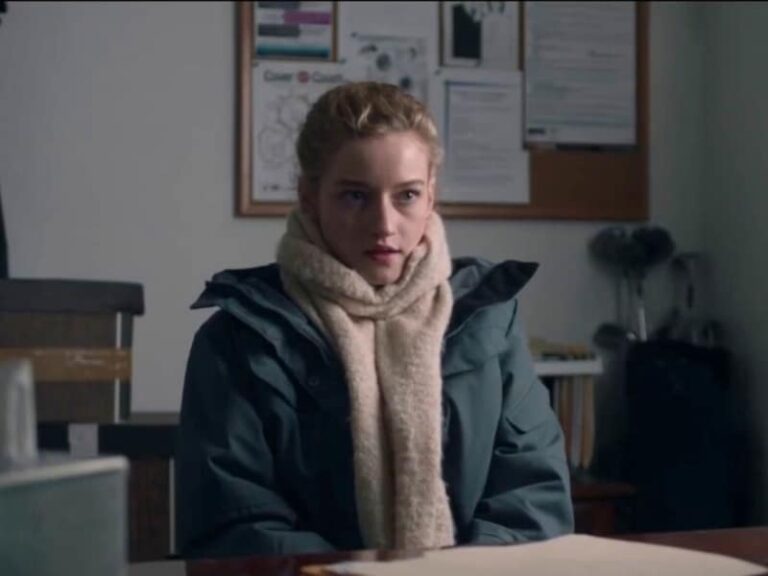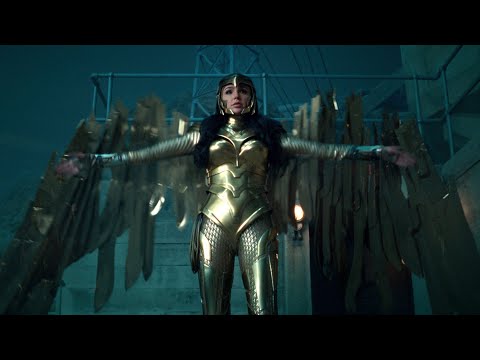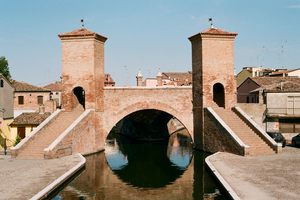10 Best Japanese Horror Movies From the Terrifying to the Weird
October is defined in Webster’s Dictionary as “31 days of horror.” Don’t bother looking it up; it’s true. Most people take that to mean highlighting one horror movie a day, but here at FSR, we’ve taken that up a spooky notch or nine by celebrating each day with a top ten list. This article about the best Japanese horror movies is part of our ongoing series 31 Days of Horror Lists.
Cinema is an international art form, but some countries have a knack for specializing in certain genres better than others. When it comes to horror, Japan (along with South Korea) is hard to beat, and it’s been that way for decades. That’s because they aren’t afraid to make even the most mainstream efforts original, challenging, thought-provoking, and daring. The J-horror boom of the 1990s might have put the country’s scare fare on the map, but the reality is that Japanese cinema produced some real terrifying gems long before the rest of the world took notice.
From silky-haired ghosts to kaiju to floating heads that bite butts, Japanese horror movies are diverse and unique. Whether you like slow-burn chills, action-packed bloodletting, or gross-out body horror, there’s something for all tastes. With this in mind, FSR’s resident ghouls — Chris “Coffin Robber” Coffel, Valerie “The Vampire Slayer” Ettenhofer, Brad “Wolfman’s Got Nards” Gullickson, Rob “The Twitter Troll That Lives Under a Bridge” Hunter, Meg “The Possessed Satanic Nun” Shields, Jacob “With the Good Hair” Trussell, Anna “The Annihilator” Swanson, and yours truly — have curated a list of the very best spooky movies to come out of the Land of the Rising Sun.
These are the best Japanese horror movies. Enjoy.
10. Jigoku (1960)
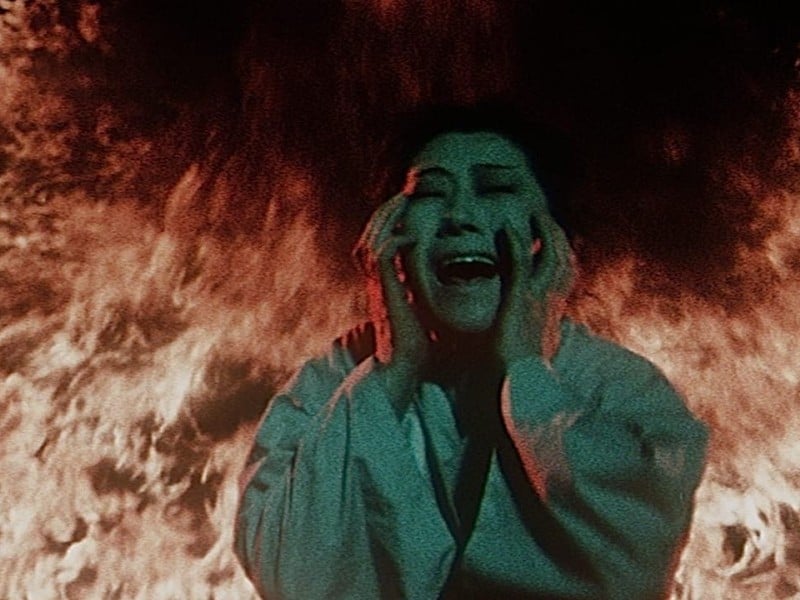
Jigoku is notable for boasting one of the most terrifying depictions of Hell in the history of horror cinema, and that alone is reason enough for it to make the cut on our list of the best Japanese horror movies. But it’s also a great movie all around. The film was inspired by the real-life murder case of Nathan Leopold and Richard Loeb, which also inspired Alfred Hitchcock’s Rope. However, that inspiration is merely a jumping-off point for what is otherwise a demented and imaginative piece of nightmare-inducing terror that chronicles the cruelty of damnation. (Kieran Fisher)
9. Uzumaki (2000)
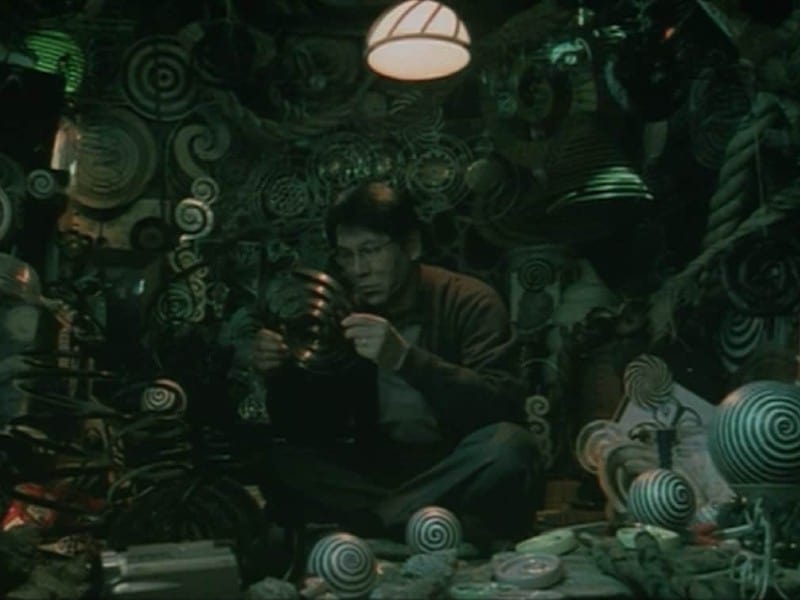
Based on the manga of the same name, Uzumaki is a masterclass in cosmic horror and outright weirdness. The story takes place in a small town where the population is being turned into spiral-shaped monstrosities. It’s a strange movie that doesn’t do much in the way of explaining the reason for the terror, but that’s what makes it effective. Uzumaki is fascinated with the notion that the universe is cruel and unpredictable, and we all might as well be snails in the grand scheme of things. (Kieran Fisher)
8. Kwaidan (1964)
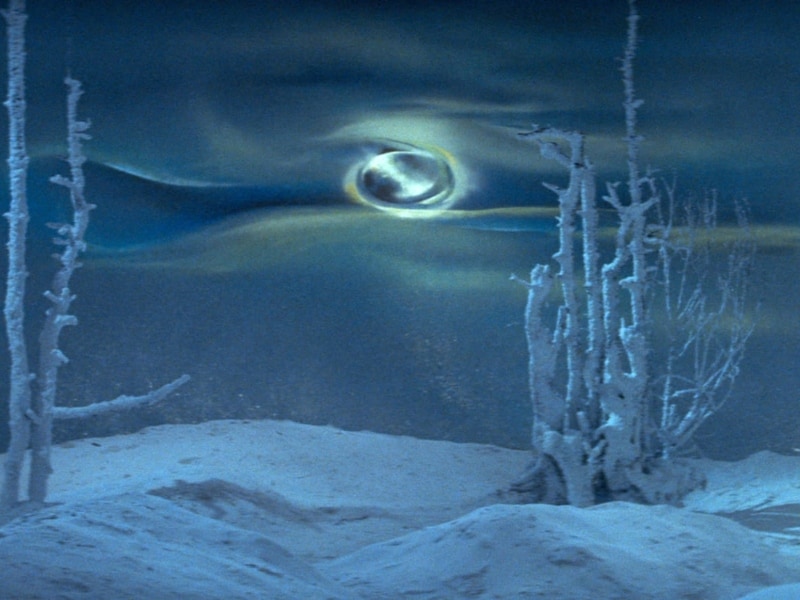
There’s every single horror anthology, and then there’s Kwaidan, a masterpiece that’s made up of four masterpieces. Masaki Kobayashi‘s collection of seasonal folk tales is subtle, spooky, and sumptuous, a surreal vision of vengeful spirits, cursed husbands, and icy vampiric women. Toru Takemitsu’s otherworldly score summons the spectral and transports audiences into a transfixing soundstage dream of silent snowfall, warm fields, and eyes in the sky. Trance-like in length and rhythm, Kwaidan boasts a lush unreality and is, inarguably, haunting in every sense of the word. I would happily watch another three hours of ghost stories if they were rendered as exquisitely as this. (Meg Shields)
7. Godzilla (1954)
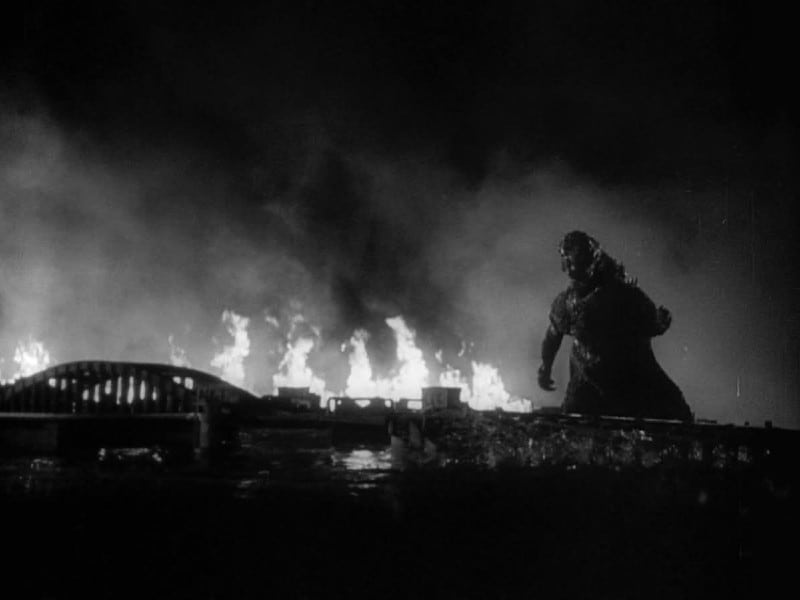
Made just nine years after the atomic bombings of Hiroshima and Nagasaki, Godzilla revisits the unimaginable horror of a city evaporated off the face of the Earth. Impossible to separate the very real tragedy of such large-scale death, the film remains one of the most powerful explorations of human horror despite depicting a man trudging about a small-scale set in a rubber suit.
Director Ishirō Honda was not necessarily looking to make a message film; he merely thought a “normal” giant dinosaur was not scary enough because any number of man-made weapons could take down such a creature. However, a beast born from the atomic bomb could be unstoppable against whatever sticks and stones humanity tossed at him. Godzilla would spawn an endless franchise of sequels and reboots (and many of them are frickin’ fantastic), but the OG creature feature will forever be tops. There simply is no escaping its nuclear genesis. (Brad Gullickson)
6. Ring (1998)
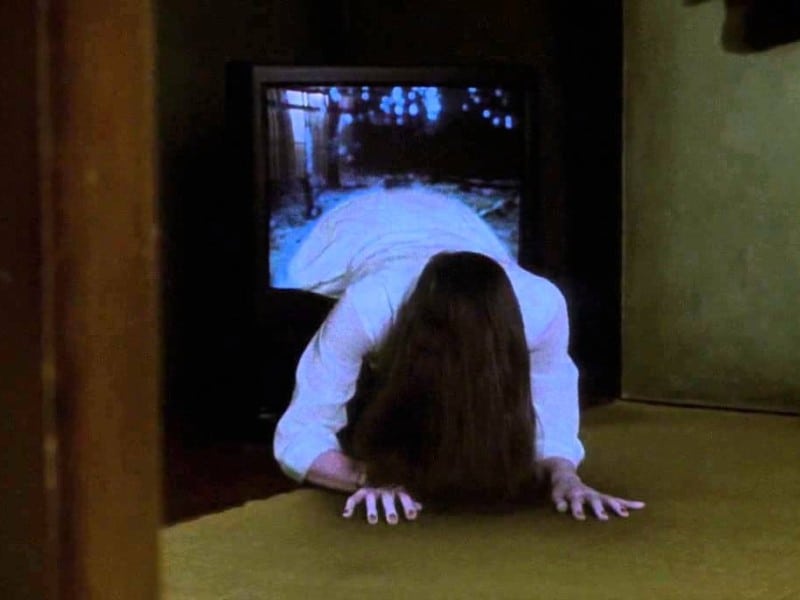
There are a lot of films that arguably “got me into horror,” but Ring (don’t call it by the bastardized American title Ringu) was being spoken about in hushed tones before it made a splash in the West, and it is easily among the big names in Japanese horror movies.
Trying to watch the film felt dangerous in an exciting way. I wanted to see what was on the tape, but I didn’t want to see what was on the tape, but I needed to see what was on that tape. I remember sheepishly looking at the image of Sadako’s staring eye on the cover of Fangoria well before I was old enough to purchase a copy, but it was so enchanting I never looked back.
Ring’s mood encompasses a fatalistic horror that is intoxicating in its depiction of abject dread, far greater than other late ’90s horror offerings. The technophobic film also represents a specific time period in society – both Eastern and Western – where we were on the precipice of a media landscape changing how we consume, and share, information that serves as a clever framework for a psychic mystery surrounding a generations-spanning tragedy.
Hideo Nakata’s film is a major departure from Koji Suzuki’s novel – in which the main character is a man and the curse is actually a virus – but the path they both take to get the shocking conclusion is just as thrilling. Ring spawned a franchise, spinoffs, and crossovers, not to mention a slew of parodies and knockoffs, but the original film still manages to freeze the blood in your veins. (Jacob Trussell)

